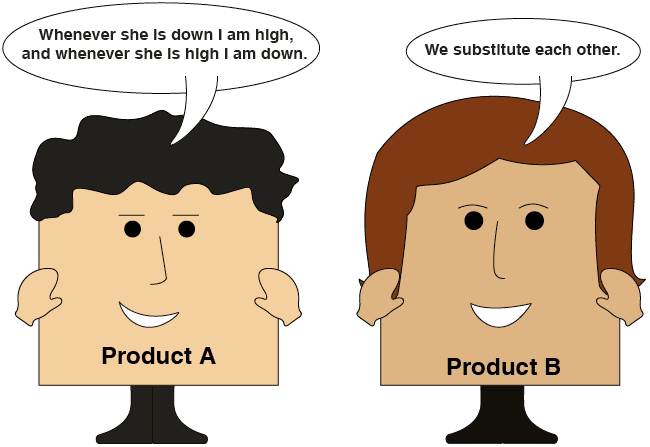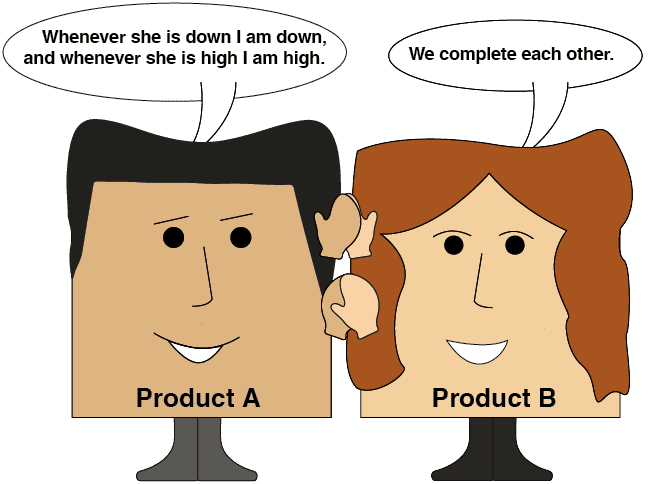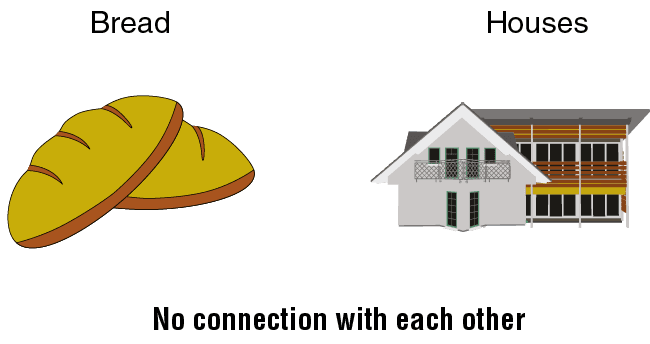Substitute products
When product A can be used instead of product B for a certain purpose, the two products are called substitute products. Economics expresses the relationship between two substitute goods as follows: If a drop in demand for product A causes an increase in demand for product B, and an increase in demand for product A leads to a decrease in demand for product B, then product A and product B are substitute goods. The general definition is that if a change in demand for product A causes an opposite change in demand for product B, then products A and B are substitutes.
For example, if an increase in demand for red meat leads to decrease in demand for chicken, then meat chicken are substitute goods. A decrease in demand for meat is expected to lead to higher demand for chicken
Keep in mind that in terms of substitute products, a change in demand for one product will be in the opposite direction of the change in demand for the other. Increase in demand for product A willl lead to a drop in demand for product B, and a decrease in demand for product A will lead to more demand for product B.

Complementary products
If change in demand for products causes a change in demand for product B in the same direction, then products A and B are complementary goods. For example, increased demand for computers leads to n increase in demand for software programs. A decrease in demand for computers causes a decrease in demand for software programs. The conclusion is that computers and software programs are complementary goods.
Keep in mind that in terms of complementary goods, the levels of demand change in the same direction for both products. An increase in demand in product A will lead to an increase in demand for product B and a decrease in demand for product A will lead to decrease in demand for product B.

Neutral products
Neutral products are those having no connection with each other One example is bread and houses: An increase in demand for houses will have no effect on demand for bread, and vice-versa.



